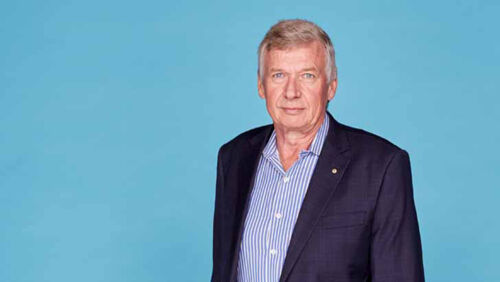Beware of playing the property development game
By Pam Walkley
Neighbours are getting together to sell their homes as development sites - potentially doubling, or more, the value.
It highlights the drive to make big profits from property development.
The nine owners of cottages on Holdsworth and Canberra avenues in Sydney's St Leonards, who recently sold their properties for a total of $66 million, five times their homes' value, were acting like developers by amalgamating a site.
This trend is taking off but opportunities are limited. Some will prosper but some will be disappointed.
For example, some owners in Sydney's north-west Hills district, who expected extensive areas to be rezoned as high rise, had a setback when the council restricted the rezoning to council-owned land in its draft plans.
But at least the Hills owners will not lose everything if they are thwarted. That has not been the case for some who have tried to get a cut of developer profits through unlisted managed schemes.
Remember Westpoint?
It promised investors who provided mezzanine finance for property development a guaranteed 12% and was heavily promoted by financial planners, who pocketed very high commissions. Westpoint collapsed in 2006 owing about $380 million to around 4000 investors.
Managed schemes are still around, although they are mainly aimed at self-managed super funds (SMSFs) and "sophisticated" investors (an annual salary of $250,000 or a net worth of $2.5 million).
For example, HCAP Asset Management (hcap.com.au), which has an Australian financial services licence (AFSL), has launched seven single-asset trusts for residential developments in Brisbane and Sydney in the past four years.
Three have been completed, providing returns of around 15%pa (all beat their targeted returns).
Its latest, the Newstead Single Asset Trust, which is developing a 25-level apartment and retail building in inner Brisbane, was open at the time of writing.
Investors will need a minimum $100,000 to invest in the trust, scheduled to complete in 23 months. The targeted annual return is 14%, after fees totalling 3%.
Secured Investments Australia (SIA) also aims for developer-like profits.
It is structured so the trusts it offers don't need to be registered with the Australian Securities and Investments Commission (ASIC). SIA's trusts will not accept investments from more than 20 people.
Its focus on SMSFs is highlighted on its website (secured investments.com.au), which shows projected returns considerably higher than those of top super funds. But, given property development is much more risky than investing in a diversified super fund, this comparison would appear invalid.
SIA offers investors 18%pa returns for the duration of each scheme and says it "will distribute this percentage regardless of the investment outcome", according to an example of an information memorandum sent to Money.
It's understandable investors want some the big bucks that successful developers make. But remember high returns bring high risks.
There is a difference between taking calculated risks with part of your portfolio and blowing it all in one scheme, as many Westpoint investors did.
Anyone considering investing in a managed scheme should do their due diligence. Don't fall for slick websites or promises made by people who don't have easily verifiable credentials.
And if you don't understand exactly how an investment works, including the risks, seek professional advice. Remember, if it looks too good to be true, it usually is.
Get stories like this in our newsletters.



